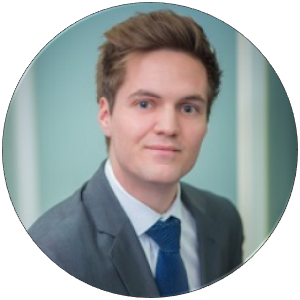
Morning Brief – It’s still coming home..
But not for the three lions on a shirt. Instead, one line on a chart: retail sales. The release from the latest coronavirus lockdown saw investors, consumers and businesses alike participate in the economy in a way they hadn’t since the pandemic begun. The explosion of demand into markets from pent-up consumers saw significant price inflation in isolated pockets of the economy and, more importantly, widespread growth that outpaced expectations. The strong economic fundamentals of the UK economy supported GBP and bolstered the outlook for UK growth. However, in May as momentum slowed, the market began to seriously question whether this huge economic boost could be sustained.
Combined with labour shortages, the prevalence of variants of concern amongst the UK population stoked fears of a systemic delay to the return of pre-Covid levels of economic activity. Those same sectors that provided the driving force for economic growth in the first quarter of the year, namely retail, construction and manufacturing, were seemingly failing to sustain further growth. With respect to GBP, slowing growth data was a contributing factor to the eventual rejection of higher valuations with prices failing to rise above 1.17 on GBPEUR and 1.42 on GBPUSD.
A total collapse of economic growth was staved off by the hospitality and leisure sectors whose phased reopening provided alternative sources of growth within other sectors of the economy. As the second half of the year progresses, the picture is shifting. It appears the summer weather and accompanying sporting events located physically and with significant interest in the UK economy could have provided a further economic boost in the second half of this year. Retail sales data shows spending by UK consumers on everything from TV sets to food and beverage had a material impact upon economic activity. Fashion and footwear during the two week summer the UK enjoyed in early June was also a tangible driver of consumer spending.
The retail sales data goes some way to staving off concerns of a waning UK economy following meteoric first quarter growth. There remain concerns over more timely high frequency data that purports to show a more reserved consumer when measured by fast moving indicators including mobility data, restaurant bookings and credit card spending. Nonetheless, GBP should be supported by evidence of sustained economic momentum. Sure, it might be less ‘a bucket of vindaloo’ and more Curry’s PC World, but Euro 2020 has definitely come home to roost one way or another.
Discussion and Analysis by Charles Porter

Click Here to Subscribe to the SGM-FX Newsletter
Related Insights

Daily Brief – Gold
Gold With Gold accounting for the second highest proportion of Central Bank reserves after the USD and the mood music shifting to it assuming a greater influence on future reserves management, it is worth looking at the numbers behind that. In the 1960s, Central Banks held the highest amount historically of 38,000 tons of gold. […]

Daily Brief – US Dollar
US Dollar Markets not liking POTUS pontificating on the Federal Reserve’s interest rate policy on Wednesday, and less still on his view about the competence or otherwise of Chairman Powell. Given the past few weeks, the betting is that Powell’s time is over either being replaced or having a Trump nominee second guessing him but […]

Daily Brief – NATO
NATO This week sees the 32 member countries of NATO convening in The Hague for the annual meeting which this time unsurprisingly is going to attract rather more in the way of news coverage than it has in previous years. The ECFR or the European Council of Foreign Relations has just completed a poll of […]



 Humphrey Percy
Humphrey Percy